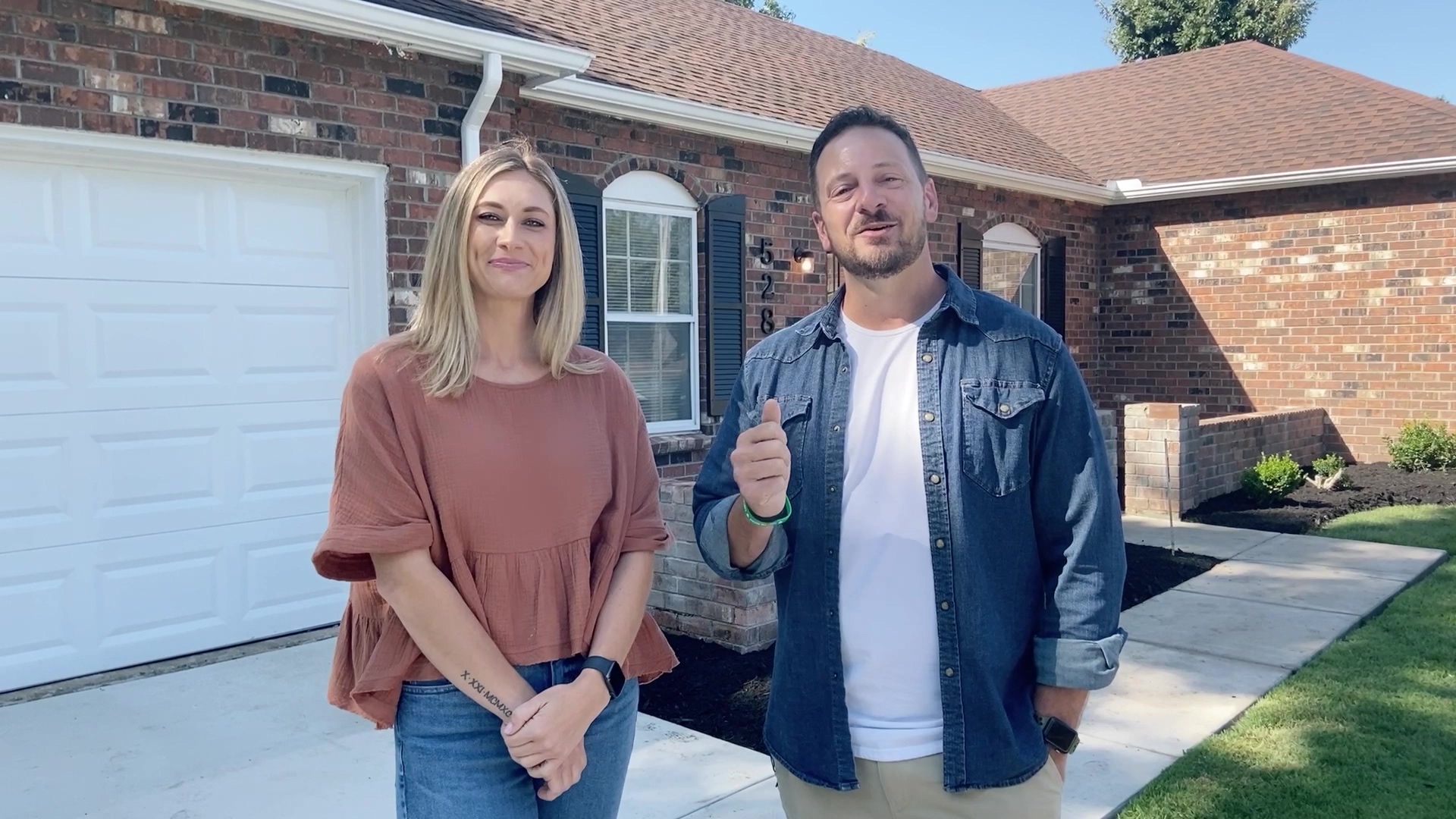
Whether you’re an investor, an entrepreneur, or a person with a pulse navigating the world, you have an inherent level of risk tolerance. It’s the amount of risk that you’re comfortable taking – what you’re willing to lose.
If you're an investor, striking a balance between what you could win versus what you could lose comes with the territory. Even if you aren't, don’t let anyone tell you how much risk you should be willing to take, because it varies for everyone!
Tolerance vs. Capacity
There is a distinction to be made between risk tolerance and risk capacity. Tolerance has to do with your goals, your comfort level, and your personality. Risk capacity, on the other hand, is how much risk you could feasibly take on from an objective standpoint. It has far more to do with your existing assets and ability than your actual tolerance.
It’s also arguably easier to calculate! These factors are different, but they go hand in hand.
What’s Your Risk Tolerance?
If you’re not sure how much risk you should take, start by asking yourself these key questions.
1. What are my goals?
The results you’re looking for will influence the risks you’re willing to take. If you’re looking at long-term investments with slow-and-steady returns, you’re looking at less risk. You take on more risk when you’re after short-term returns and opportunistic investments.
2. What kind of timeline do I have?
How old you are and when you plan to retire make a big difference. A younger investor has more time to recoup after a loss. If they take a risk and lose out, they have decades to course correct. The same isn’t true of an investor on the edge of retirement: risks are riskier because you don’t have the same luxury of time!
3. How liquid do my assets need to be?
Liquidity – the ability to turn your assets into cash – may be important to you and it may not. If you expect to need to access cash quickly, your investments need to be more liquid. Having assets with low liquidity could be a risk to you even if the investment itself isn’t particularly risky. Know what you intend to use your investments for, how often you expect to tap into its equity, and what resources you have to cover cash needs.
4. Do I have non-investment savings?
Every investor needs a safety net or a buffer to “insure” their investments against risk. How much you have saved and are able to spare in an emergency impact how much risk you can comfortably take on. How much buffer do you think you need? How much can you contribute to that safety net each month?
5. How regularly do I want to check my progress?
Investing can be anxiety-inducing if you allow it to be. The people who check their stock performance daily (or even more frequently!) are in for a rough time! Higher anxiety and a higher need to know how your investments are doing at any given moment may mean you have a lower tolerance for risk. Know yourself and your tendencies.
6. How comfortable am I with hiccups?
How comfortable are you with the big picture? For some, short-term fluctuations in performance can be stressful, if not too much to handle entirely. Not everyone is cut out to invest in assets with high volatility. It takes a special kind of investor to be excited about the prospects of a rapidly changing market. You can offset a volatile investment by also investing in more traditional, reliable assets, like real estate.
7. How many and how diverse are my investments going to be?
Portfolio diversity lowers your risk. This diversity comes in both the number of investments you have and in the different types of assets. For example, a real estate investor increases portfolio diversity by owning multiple properties, different types of properties, and properties in varying markets.
When thinking about your risk tolerance, understand that you can lower overall portfolio risk – and thus afford to take risks you otherwise wouldn’t be comfortable taking – if your portfolio is reinforced by reliable, lower-risk investments.
Looking to start earning passive income? Connect with one of our Portfolio Advisors today!












